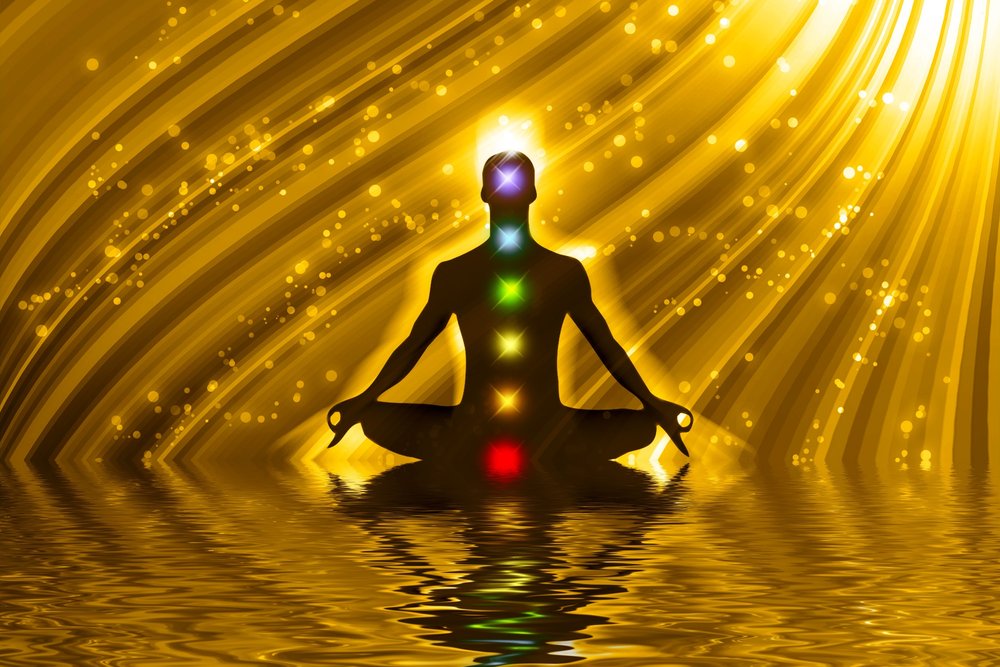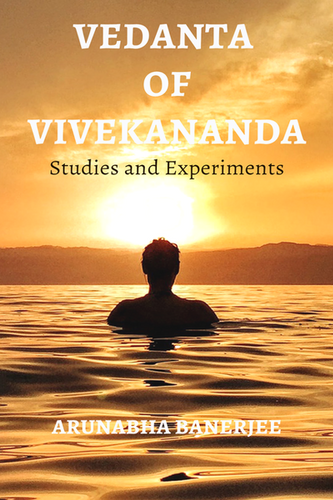 It is a matter of common wisdom in India and its followers of Hindu Dharma, and mythology, that whenever you ask anyone regarding the number of Devas (deities) in our mythology, most if not all will promptly answer us 33 Koti or 33 Crores. The fact can never be further from the truth, however, it cannot be solely blamed upon our ignorance of our Sanatan Dharma, and Vaidika literature, rather it was also helped by faulty translations of our scriptures, and further cemented amongst the psyche of our people due to the lack of desire to verify the ‘version’ of truth we are provided with. If we examine closely our scriptures and specifically Bṛhadāraṇyaka Upaniṣad, in the Ninth Brāhmaṇa of the third chapter we see that when Vidaghdha, the son of Sakala, asked Yājñavalkya, "How many gods are there, Yājñavalkya?" Yājñavalkya ascertained the number through the group of mantras known as the Nivid and said: "As many as are mentioned in the Nivid of the Visve-devas- three hundred and three and three thousand and three" or 33 Koti; then, Vidaghdha again asked: "Which are those three hundred and three and those three thousand and three?" Yājñavalkya said: "There are only thirty-three gods. These others are but manifestations of them" when asked, "Which are these thirty-three?" Yājñavalkya revealed the eight Vasus, the eleven Rudras, and the twelve Adityas- these are thirty-one. And Indra and Prajapati make up the thirty-three. Thus from the discourse, it can be inferred that Yājñavalkya referred to 33 Koti or classes of gods, as the word Koti has both numerical and categories as meaning, now, the question arises who are these 33 classes of gods, and what are their names? Their names are revealed in the subsequent verses, let us have a look: Eight Vāyus: The eight vayus include, Agni, Pṛthivī, Vāyu, Antarikṣa, Āditya (sun), dayuś (heaven), candramā (moon), nakṣatra (stars). Eleven Rudras: The eleven Rudras include ten prānas (senses and sense organs) and the one ātman (soul). These are called Rudra because when they desert the body, our body becomes dead and the relatives of the deceased, consequently, begin to weep. Rudra means one who makes a person weep (rudan). The ten prānas are: Prāna, Apāna, Vyāna, Samāna, Udāna, Nāga, Kūrma, Krikala, Devadutta, Dhananjaya. Twelve Ādityas: These are the twelve months of the year, they are: Anṣumān, Aryamān, Īndra, Tvaṣta, Dhātu, Parjanya, Pūśa, Bhaga, Mītra, Varūna, Vivasvān, Viśnu Indra and Prajapati Thus the total number according to Yājñavalkya are 8+11+12+2 = 33 Reference
0 Comments
|
About this section
This page hosts articles that are produced from my contemplation on topics and principles of Vedanta, which I prefer to see in the context of modern life and scientific education. Archives
February 2021
Categories
All

One question that has been bothering mankind since time immemorial is, what happens to us, where do we go once our body is dissolved. Various theories have been proposed by systems after systems, the dualists speak of threefold eschatology, where when a man dies he goes to heaven or goes to the sphere of the wicked persons to roam as ghosts and demons or falls back to earth only to be reborn as animals, here the non-dualists or Advaitists ask, how can one come and go, and to what place, especially when one is infinite? The very question of birth and death concerning this soul turns out to be nonsensical, as the soul or the self of the man is omnipresent and everywhere and the talks of birth and death, of havens and higher, havens, are a childish dream and vanishes the moment one realizes the truth.
|
 RSS Feed
RSS Feed
